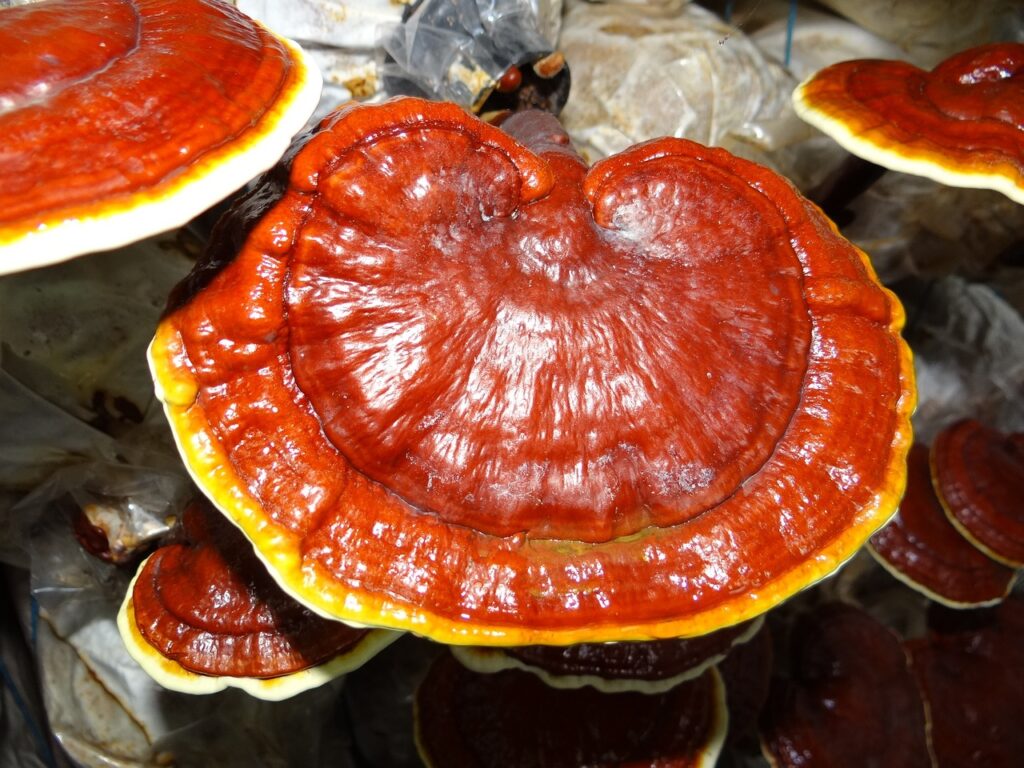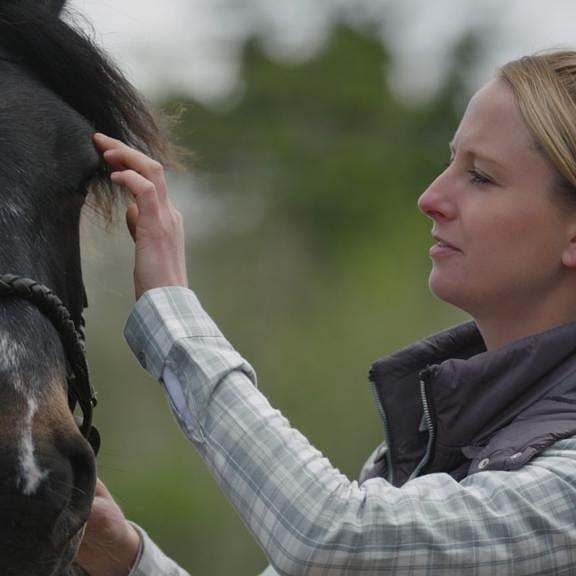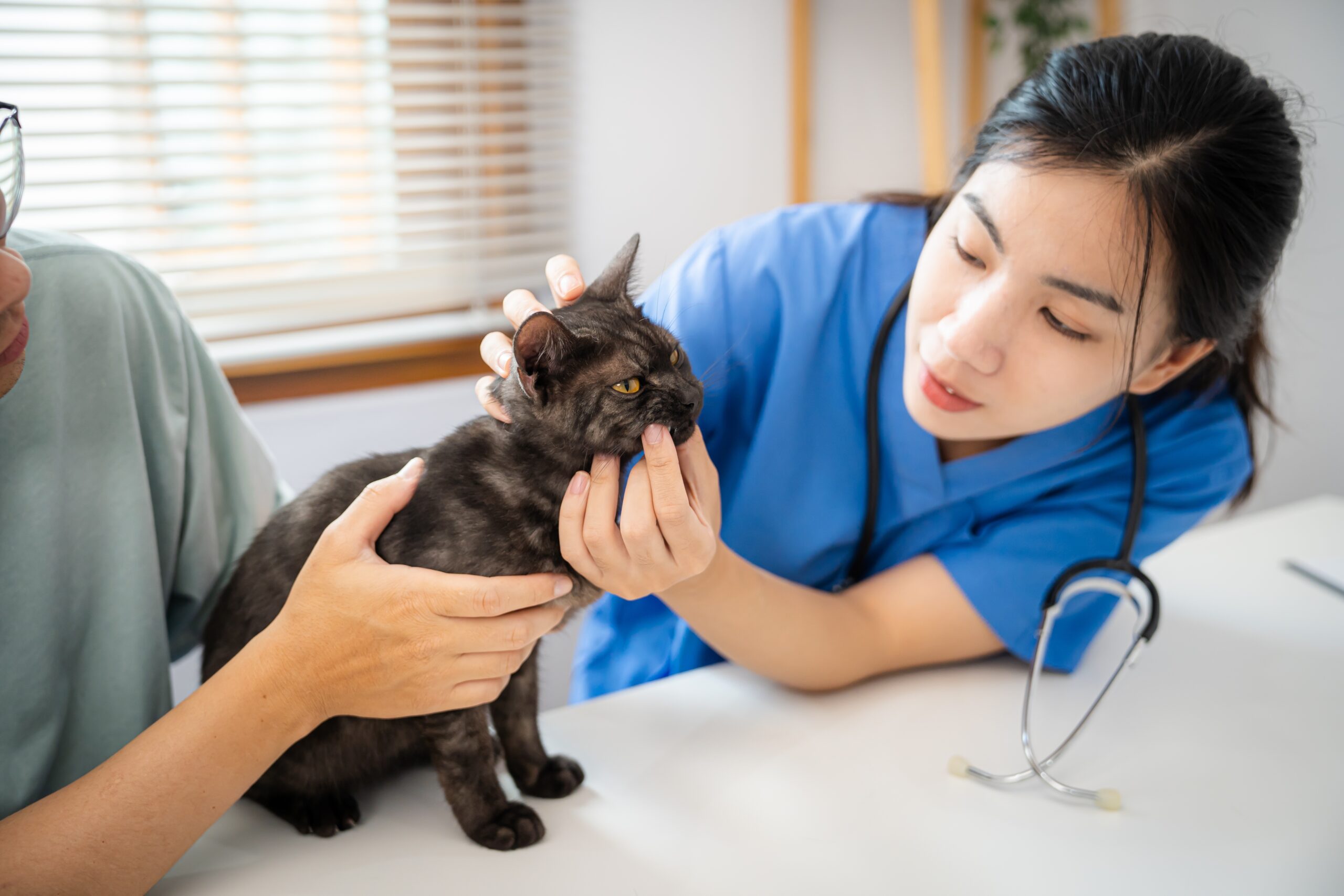A lot of people probably have never heard of the use of mushrooms in medicine. Let alone to help improve your horse’s health. But guess what…. It can be used for horses (animals) and it is amazing stuff!
The application of medicinal mushrooms in all kinds of disorders is called mycotherapy. Veterinary Mycotherapy is an age-old folk science with an impressive number of medical applications. Mushrooms have been successfully used in the Eastern countries since time immemorial, both as a food and as a medicine. In Western countries, too, interest in the healing effects of medicinal mushrooms is growing enormously.
In veterinary medicine it has been proven to use two or even more mushrooms at the same time. Just like with using more herbs at the same time. They work synergetic and have a more powerful effect than using just 1 on its own.
For example: The Coprinus (shaggy mane) and Agaricus Blazei (almond mushroom) both work on sugar intolerance ( IR/EMS). The Shaggy mane works on the islets of Langerhans which are cells scattered throughout the pancreas. And the Almond mushroom works on the insulin receptors. But how do you know which one your horse needs? So you can combine the 2 together and for example give this to your sugar sensitive horse all Summer long when they are out on grass.

In general, the mushrooms are safe to use but when using the wrong mushroom you will not see any improvement in your animals health. Mushrooms should also be giving longer than herbs, they are a slow medicine and need time to kick in. In some cases you will see results within a couple of days.
The only side effect that it can have is diarrhea. If this happens, then you adjust the amount that your feeding and the diarrhea should disappear within a couple of days.
Medicinal mushrooms can help treat:
At the Horse therapist we can test your horse or dog remotely and measure exactly which mushrooms resonates with your animal, how much of the mushroom mix should be fed and also for how long. We then put together a customized mix for your animal. This way you know exactly what the animal needs rather than guessing.
You can use both herbs and mushrooms at the same time. The mushrooms are kind of like the base for building a house on such as the concrete block. And the herbs are the tools to repair the house/build the house. If the base isn’t right, then you can never repair or build the rest of the house!
Are you interested to find out what mushrooms your horse needs? Then book the remote test online now and get a customized mix to help your horse get back to health again!
More info on medicinal mushrooms:


Share
Your subscription is 100% Free for our first year, No credit card details required.

The Judging Concerns That Keep Coming Back — And Why They Can’t Be Ignored Anymore We didn’t make it to

There are few sporting events that live up to the hype. Wimbledon? Too many strawberries. Cheltenham? Too many suits. But

British Veterinary Association publishes full response to Competition and Markets Authority’s proposed remedies for veterinary market for household pets. The